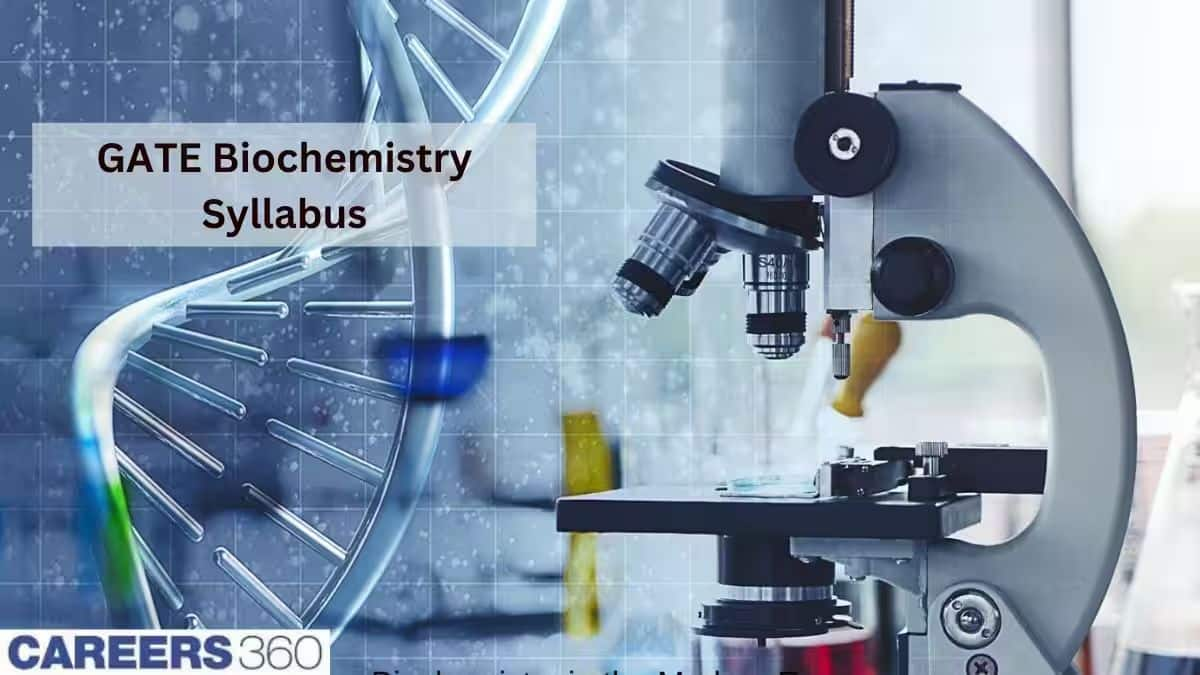If you are interested in Development Studies and planning to appear for GATE XH C6 (Sociology), then you are already moving in the right direction. Having a backlog does not disqualify you from pursuing higher studies, as long as you clear it before the admission process begins. Since you mentioned that you can clear the backlog before February 2026, it should not affect your eligibility for PG admissions. Most universities require a completed bachelor’s degree with no active backlog at the time of admission.
Your CGPA of 6.9 is acceptable for many institutes, although some top institutes may have higher cutoffs. Your interest in sociology and Development Studies will be helpful because the GATE XH paper tests conceptual understanding. If you prepare consistently and score well in GATE, you can apply to reputed institutes offering Development Studies such as IITs, TISS, JNU, Azim Premji University, and others.
Focus on clearing your remaining backlog and continue your GATE preparation strongly. If you balance both, you can build a good academic profile for admission into Development Studies. All the best.

